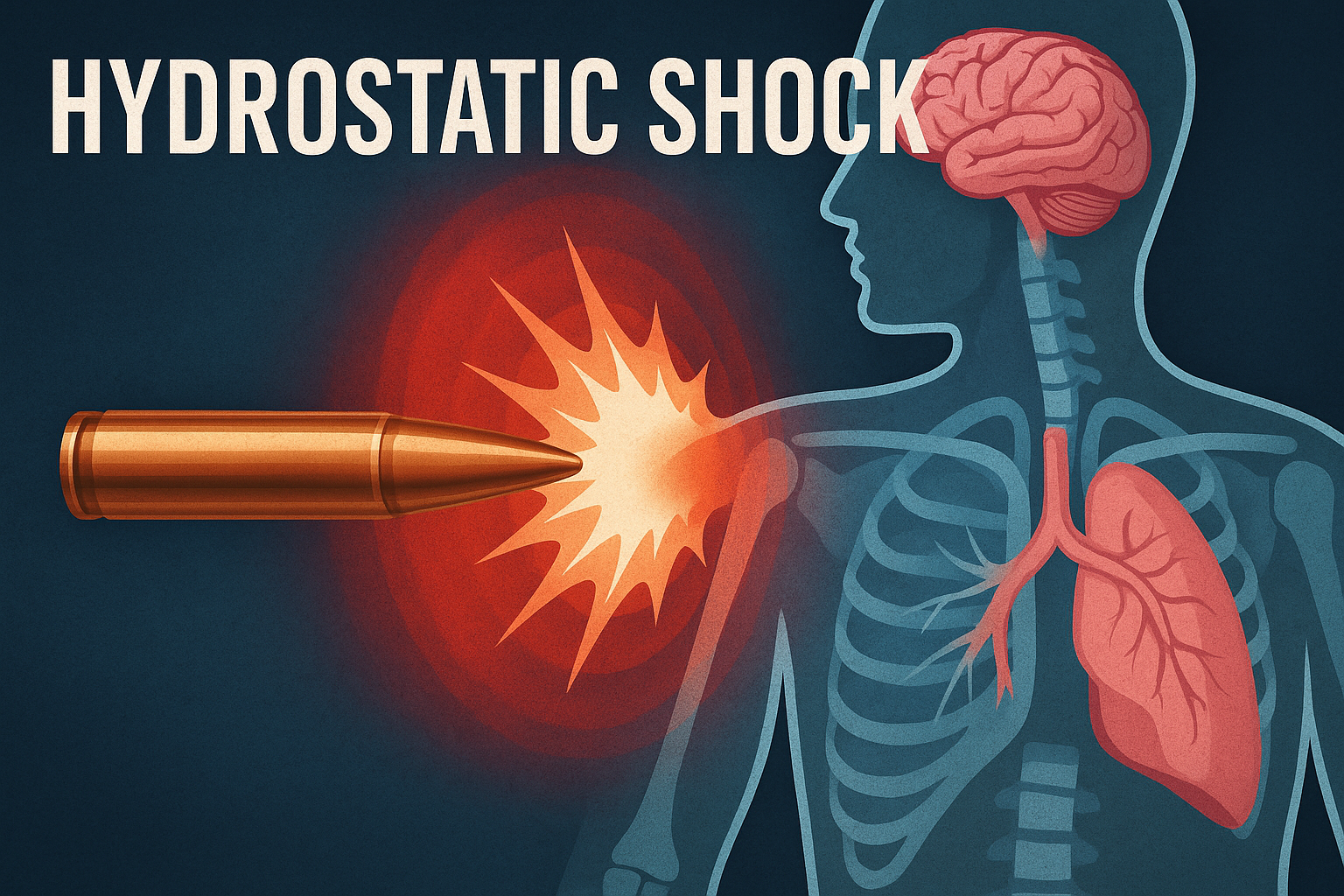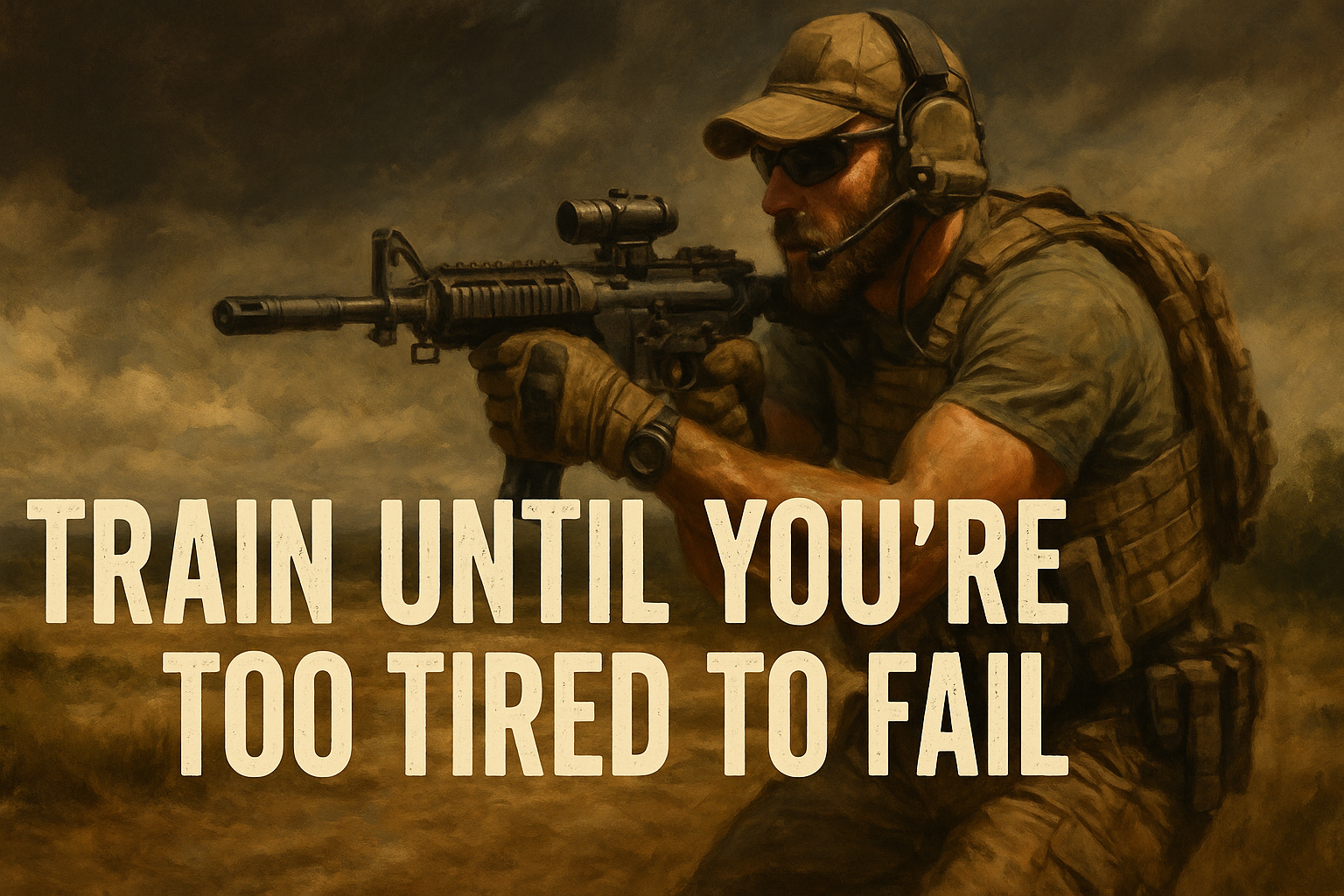In the world of firearms, personalization is a common practice. Gun owners often modify their weapons for improved performance, aesthetics, or comfort. However, when it comes to firearms intended for self-defense, especially those carried concealed, modifications can introduce legal complexities that warrant careful consideration.
The Legal Landscape of Firearm Modifications
While the Second Amendment protects the right to bear arms, it doesn’t shield individuals from legal scrutiny regarding how they use or modify those arms. In self-defense cases, prosecutors and plaintiffs’ attorneys may examine firearm modifications to question the shooter’s intentions or to suggest recklessness.
For instance, altering a trigger to make it lighter can be portrayed as making the weapon more prone to accidental discharge. Similarly, adding aggressive engravings or inscriptions might be interpreted as indicating a desire to use the weapon offensively rather than defensively.
Common Modifications and Their Potential Implications
-
Trigger Modifications: Reducing trigger pull weight can enhance shooting accuracy but may also be argued to increase the likelihood of unintentional firing.
-
Cosmetic Enhancements: Custom finishes or engravings, especially those with aggressive themes, can be used in court to question the owner’s mindset.
-
Sights and Optics: Upgrading sights can improve target acquisition, but prosecutors might argue that such enhancements indicate a premeditated readiness to use lethal force.
-
Extended Magazines: While legal in many jurisdictions, high-capacity magazines can be portrayed as excessive for self-defense purposes.
Real-World Considerations
Legal experts suggest that while modifications are not inherently illegal, they can complicate legal defenses in self-defense cases. The presence of modifications may shift the focus from the circumstances of the shooting to the character and intentions of the shooter.Wikipedia
It’s also important to note that while the Protection of Lawful Commerce in Arms Act (PLCAA) provides some immunity to firearm manufacturers and dealers from liability, it doesn’t extend to individual gun owners. Therefore, personal modifications can become focal points in both criminal and civil proceedings.
Best Practices for Responsible Gun Owners
-
Maintain Factory Specifications: Keeping your self-defense firearm in its original condition can minimize legal scrutiny.
-
Document Training and Usage: Regular training and proper documentation can demonstrate responsible ownership and proficiency.
-
Consult Legal Experts: Before making modifications, seek advice from legal professionals familiar with firearm laws in your jurisdiction.
-
Stay Informed: Laws and legal interpretations can change; staying updated ensures compliance and preparedness.
Conclusion
While customizing firearms can offer benefits, it’s crucial to weigh these against potential legal risks, especially for weapons intended for self-defense. Responsible gun ownership involves not only safe handling and usage but also an awareness of how modifications might be perceived in a legal context. When in doubt, erring on the side of caution and seeking professional advice can help protect both your safety and your legal standing.

